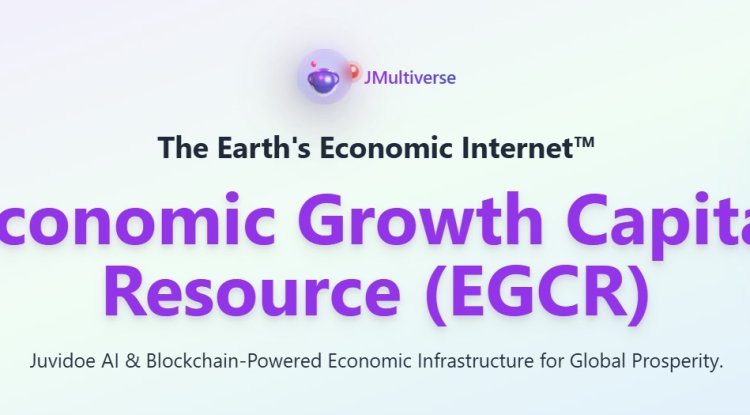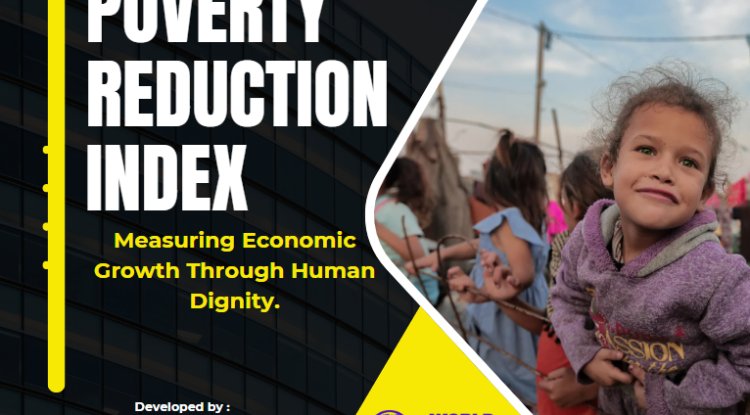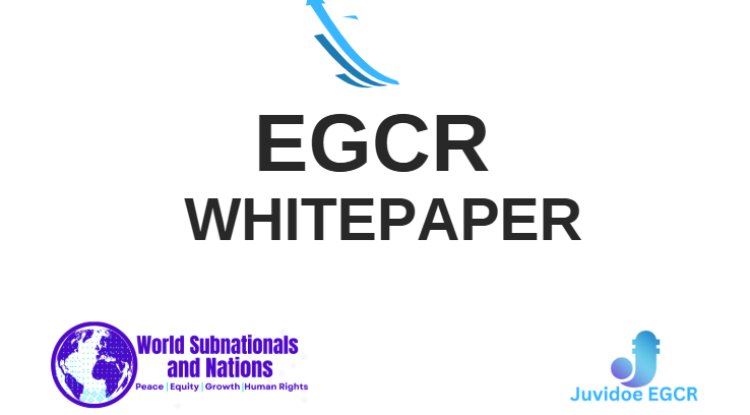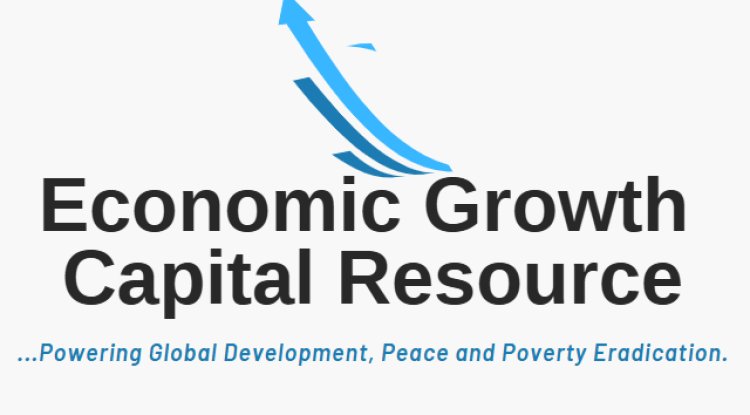This proactive approach to resource leveraging empowers sub-national governments to address pressing needs, achieve sustainable development goals, and pave the way for a prosperous future.
wsandn.org
• Assessing and Maximizing Existing Resources
The first step in leveraging local resources is to conduct a comprehensive assessment of the resources already available within the community or region. This includes natural resources, human capital, infrastructure, cultural assets, and economic potential. By understanding the scope and potential of these resources, sub-national governments can identify strategic opportunities for development and growth.
For example, a region abundant in renewable energy sources can focus on leveraging these resources to drive a clean energy transition. Similarly, communities rich in cultural heritage can promote tourism and creative industries to generate economic growth while preserving their unique identity. Sub-national governments can lay a solid foundation for sustainable development by maximizing existing resources.
wsandn.org
• Identifying New Resource Opportunities
In addition to maximizing existing resources, sub-national governments must actively seek new resource-leveraging opportunities. This involves exploring untapped funding streams, establishing partnerships with external organizations, and accessing resources previously inaccessible. By thinking innovatively and embracing collaboration, governments can unlock new avenues for development.
For instance, sub-national governments can tap into funding through regional development programs, public-private partnerships, or grants from national and international organizations. By leveraging these resources, governments can invest in critical sectors such as education, healthcare, infrastructure, and entrepreneurship, fostering sustainable economic and social development.
wsandn.org
• Fostering Community Engagement and Empowerment
Effective resource leveraging goes beyond monetary considerations. Sub-national governments must actively engage their communities, empowering them to participate in decision-making processes and contribute their skills, knowledge, and local expertise. This participatory method guarantees that development activities are adapted to the community's needs and desires.
Through initiatives such as citizen consultations, community-driven projects, and volunteer programs, sub-national governments can tap into the immense potential of their residents. Local businesses, social enterprises, and community organizations can also play a vital role in resource leveraging, bringing their unique perspectives and contributions to sustainable development efforts.
wsandn.org
• Strengthening Local Governance and Institutional Capacity
To effectively leverage local resources, sub-national governments must invest in strengthening local governance structures and building institutional capacity. This involves promoting transparency, accountability, and efficiency in resource management processes. It also requires the development of robust legal frameworks, policies, and regulations to support sustainable development initiatives.
Moreover, sub-national governments should focus on capacity-building programs for government officials and stakeholders, equipping them with the necessary skills and knowledge to identify, mobilize, and manage resources effectively. By fostering good governance practices and enhancing institutional capacity, governments can ensure the efficient and sustainable utilization of local resources.
wsandn.org
• Creating Synergies and Collaboration
Resource leveraging for sustainable development necessitates collaboration and partnerships at various levels. Sub-national governments should seek alliances with other government entities, private sector organizations, civil society, academia, and international development agencies. Governments can achieve a more significant impact and overcome common challenges by pooling resources, expertise, and networks.
Collaboration can take various forms, including joint projects, knowledge-sharing platforms, resource-sharing agreements, and coordinated policy frameworks. Sub-national governments can leverage collective strengths through these partnerships and unlock innovative solutions to complex development issues.
Leveraging local resources is a powerful strategy for achieving sustainable development at the sub-national level. By assessing existing resources, identifying new opportunities, engaging communities, strengthening governance, and fostering collaboration, sub-national governments can unlock the full potential of their regions. Through these proactive efforts, sustainable development becomes a tangible reality, bringing economic prosperity, social well-being, and environmental stewardship to communities while laying the foundations for a sustainable and inclusive future.
wsandn.org
Promoting Sustainable and Inclusive Development
As the pursuit of sustainable development gains momentum, there is a growing recognition that prioritizing economic growth at the expense of social well-being and ecological viability is no longer viable. In response, regional governments are embracing the concept of inclusive development, which emphasizes the interconnectedness of social, ecological, and political dimensions. By adopting inclusive development principles, these governments strive to ensure that progress is not achieved at the cost of social equity, environmental stewardship, or collaborative partnerships. This part explores the meaning of inclusive development and its integration into the Sustainable Development Goals (SDGs), intending to foster a comprehensive approach to sustainable and inclusive sub-national governance.
Embracing Inclusive Development Dimensions
Inclusive development comprises three key dimensions: social inclusiveness, ecological inclusiveness, and relational inclusiveness. Social inclusiveness emphasizes addressing social inequalities, promoting social cohesion, and ensuring equitable access to resources, opportunities, and services. Ecological inclusiveness highlights the importance of preserving and restoring ecosystems, mitigating climate change, and promoting sustainable resource management. Relational inclusiveness builds solid partnerships, promotes participatory decision-making, and fosters collaboration among various stakeholders.
By embracing these dimensions, regional governments can create a framework that addresses the complex challenges of sustainable development holistically. This approach recognizes the interdependence of social well-being, ecological integrity, and collaborative governance, fostering a more balanced and inclusive approach to development.
Applying Inclusive Development Principles to the SDGs
The SDGs provide a global framework for sustainable development, offering a roadmap to address pressing challenges. By aligning the principles of inclusive growth with the SDGs, sub-national governments can ensure a comprehensive and integrated approach to implementation. Each dimension of inclusive development—social, ecological, and relational—comprises five principles that can be mapped onto the 17 SDGs and their targets.
For example, social inclusiveness principles may include the following:
▪ Eradicating poverty and hunger.
▪ Promoting gender equality.
▪ Ensuring quality education and healthcare.
▪ Fostering inclusive economic growth.
Ecological inclusiveness principles encompass sustainable land use, clean energy transitions, responsible consumption and production, and biodiversity protection. Relational inclusiveness principles may emphasize partnerships for sustainable development, inclusive decision-making processes, access to justice, and accountable institutions.
Evaluating the Integration of Inclusive Development into the SDGs
While the text of the SDGs demonstrates considerable attention to social inclusiveness, it needs to address ecological and relational inclusiveness adequately. This highlights the need for greater emphasis on these dimensions to ensure the comprehensive implementation of sustainable development goals. The risk lies in an implementation process that disproportionately prioritizes social inclusiveness, neglecting ecological and relational aspects.
Assigning equal weight to ecological and relational inclusiveness throughout the implementation process is essential to achieve genuine social inclusiveness in the Anthropocene era. Sub-national governments must actively work towards balancing these dimensions, considering the broader implications of their actions on the environment and building strong collaborative networks to foster inclusive decision-making.
Empowering Regional Governments for Inclusive Development
Promoting sustainable and inclusive development requires empowering sub-national governments with the necessary tools, capacities, and resources. Sub-national governments can take independent initiatives to flourish by integrating inclusive development principles into their policies, plans, and strategies. This includes investing in social welfare programs, adopting sustainable resource management practices, engaging in collaborative partnerships, and ensuring transparent and accountable governance.
Moreover, sub-national governments should foster multi-stakeholder engagement by involving local communities, civil society organizations, academia, and the private sector in decision-making. Regional governments can leverage their communities' collective wisdom and resources to drive sustainable and inclusive development by embracing diverse perspectives, fostering dialogue, and promoting participatory approaches.
The path to sustainable and inclusive development requires a paradigm shift from prioritizing economic growth to embracing a holistic approach that considers social, ecological, and relational inclusiveness. Sub-national governments play a crucial role in this transformation by independently implementing inclusive development principles and aligning them with the SDGs. By embracing social equity, environmental stewardship, and collaborative governance, sub-national governments can foster a flourishing future for their communities, setting an inspiring example for sustainable development at the local level.
wsandn.org
Monitoring Progress and Adapting Strategies for Continuous Growth
Monitoring progress and adapting strategies is crucial for continuous growth and development, especially in sub-national governance. By employing the concept of progress monitoring, sub-national governments can effectively track indicators and make informed decisions to ensure safety and drive economic development within their territories.
Understanding Progress Monitoring in Sub-national Governance
Progress monitoring in the context of sub-national governance involves systematically tracking key indicators to assess a region's overall performance and progress. It entails gathering relevant data and evaluating the effectiveness of policies and initiatives implemented by the sub-national government. By closely monitoring these indicators, sub-national governments can make data-driven decisions that contribute to the well-being and growth of their territories.
The Benefits of Progress Monitoring in Sub-national Governance
Progress monitoring offers several benefits when applied in sub-national governance. Firstly, it enables sub-national governments to enhance safety measures within their territories. By monitoring indicators related to crime rates, emergency response times, public safety infrastructure, and disaster preparedness, governments can identify areas that require attention and implement proactive measures to safeguard their communities.
Secondly, progress monitoring is crucial in driving economic development at the sub-national level. By tracking indicators such as employment rates, business growth, infrastructure development, and investment inflows, sub-national governments can gain insights into the economic landscape of their territories. This allows them to identify strengths, address weaknesses, and implement targeted strategies to foster economic growth, attract investments, and create a conducive environment for businesses to thrive.
Utilizing Progress Monitoring Effectively in Sub-national Governance
Governments should adopt certain practices to use progress monitoring in sub-national governance effectively. Firstly, it is essential to establish reliable and valid indicators that align with safety and economic development goals. These indicators should provide accurate and meaningful data to inform decision-making processes.
Moreover, striking a balance between data collection and operational efficiency is crucial. Sub-national governments should design assessment plans that generate valuable data without imposing excessive burdens on resources or hindering day-to-day governance activities. This ensures that progress monitoring remains a sustainable and integrated practice within the governance framework.
Standardization of assessment methods is another key factor. By adopting consistent approaches to data collection and analysis across sub-national territories, governments can effectively compare and benchmark their performance. This facilitates the identification of successful strategies, areas for improvement, and sharing of best practices among different regions.
Lastly, sub-national governments should embrace a proactive approach to the data collected through progress monitoring. By viewing the data as valuable feedback, governments can identify areas that require policy adjustments, allocate resources effectively, and steer their territories toward continuous growth and development.
Monitoring progress and adapting strategies through effective progress monitoring is vital for sub-national governments to achieve continuous growth and development. By tracking relevant indicators and making data-driven decisions, governments can ensure the safety of their communities and drive economic prosperity within their territories. Embracing progress monitoring practices allows sub-national governments to navigate challenges, capitalize on opportunities, and create thriving environments for the benefit of their citizens.





















